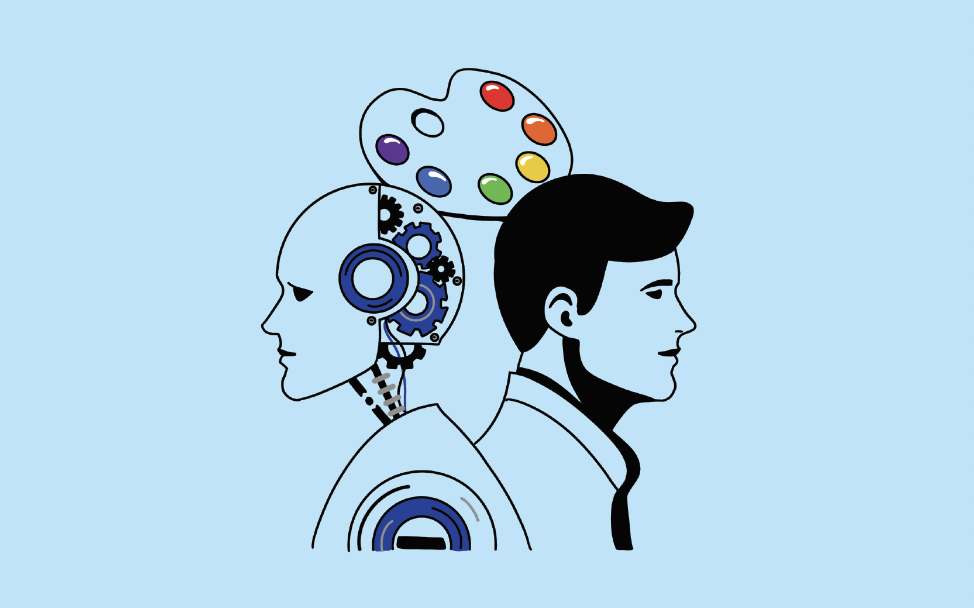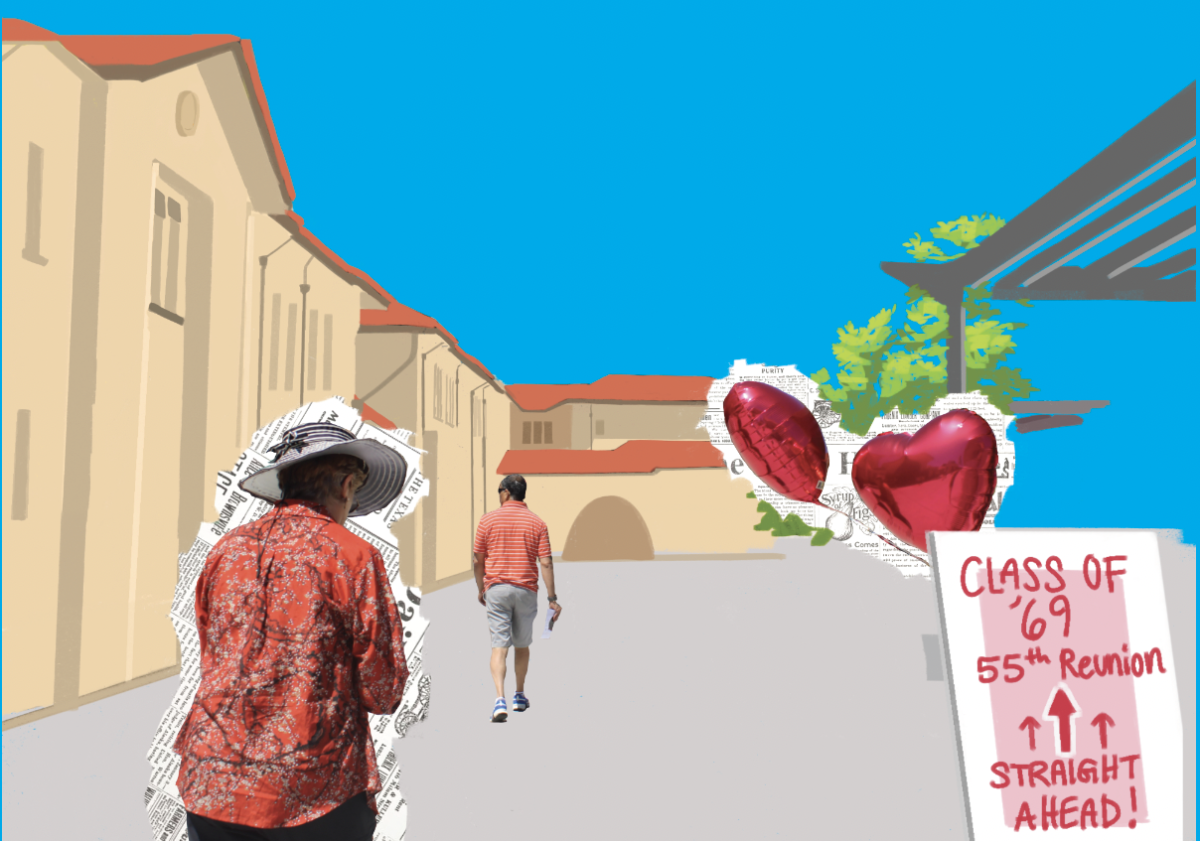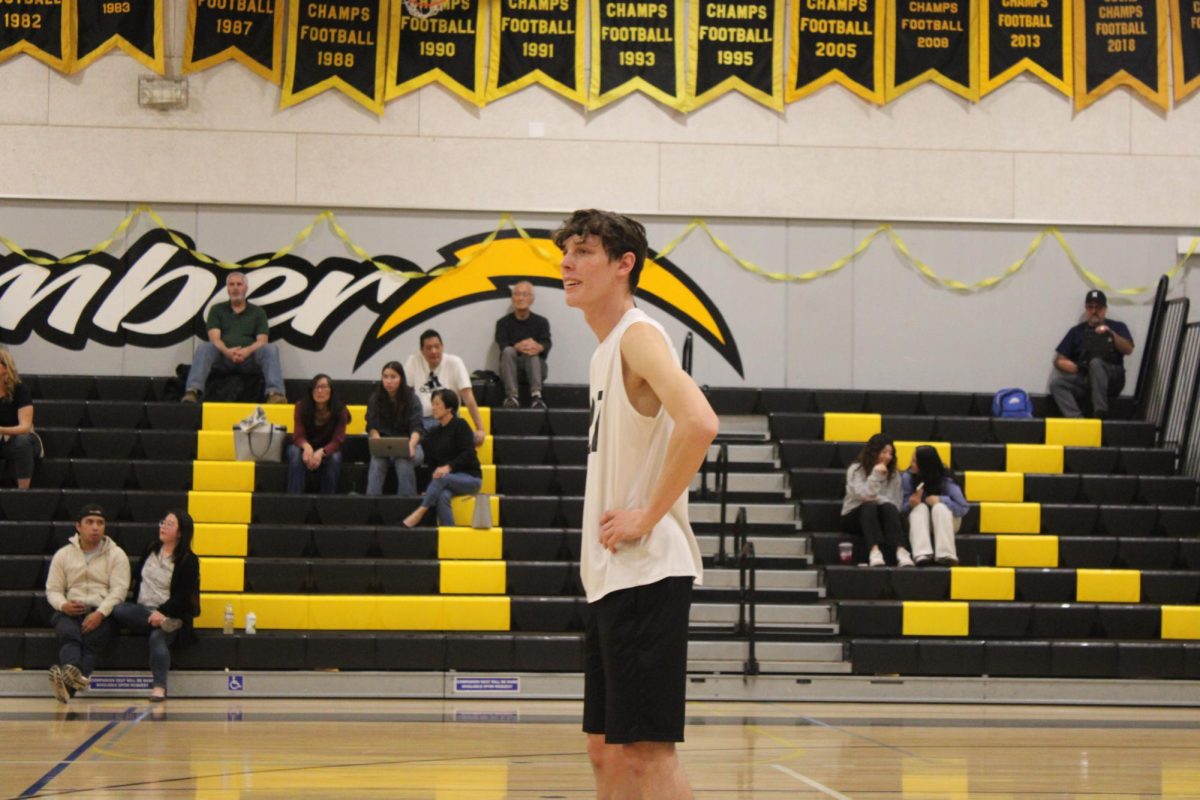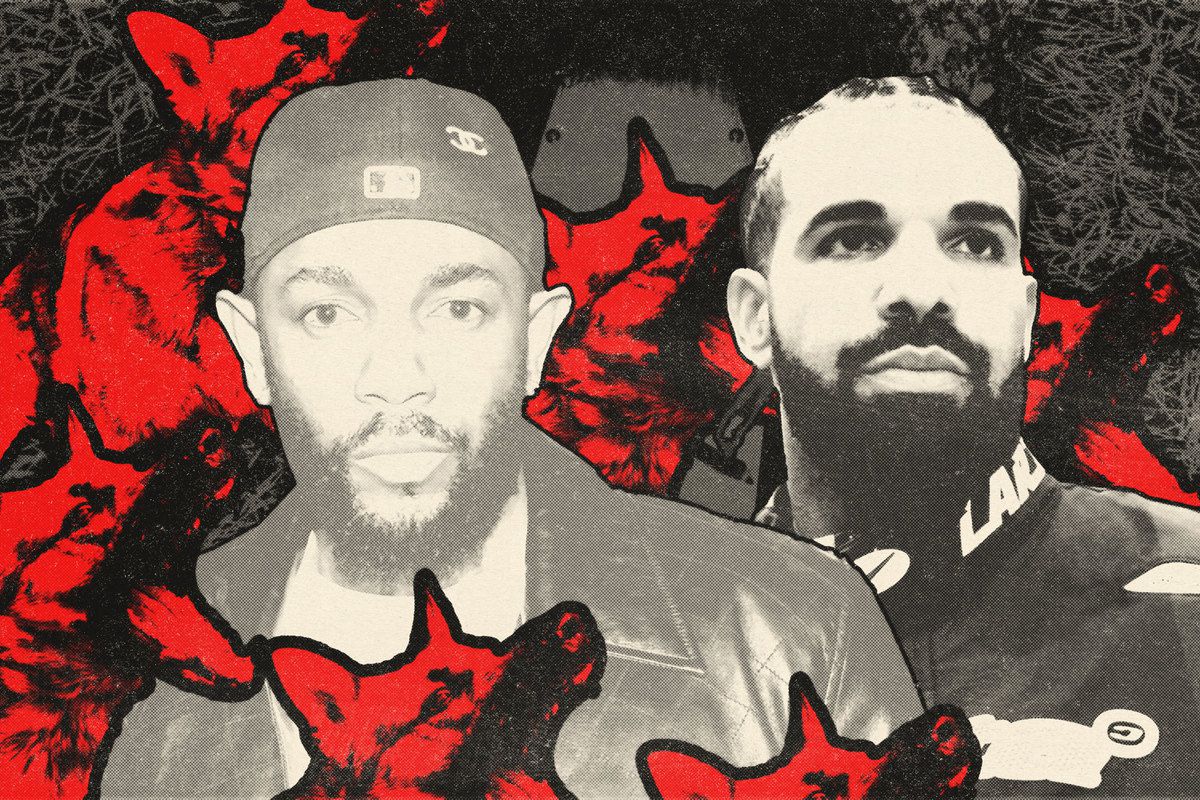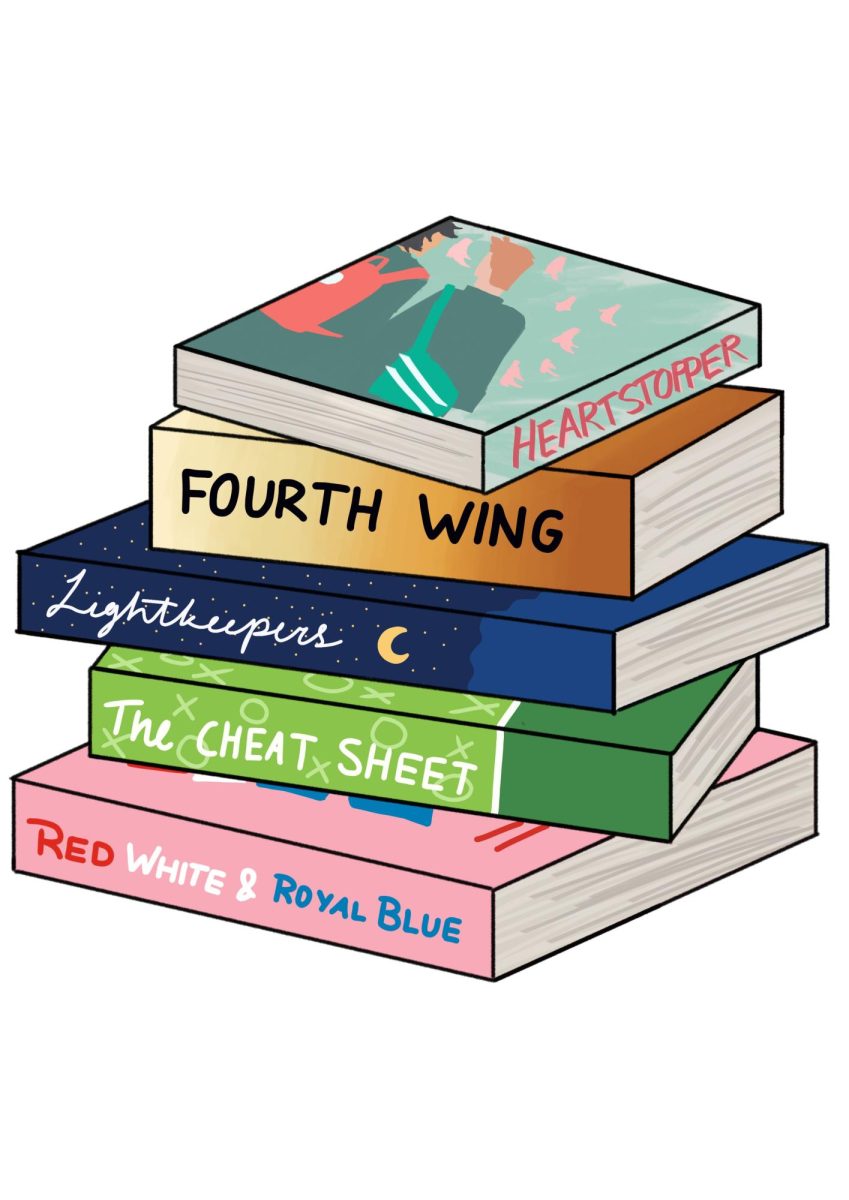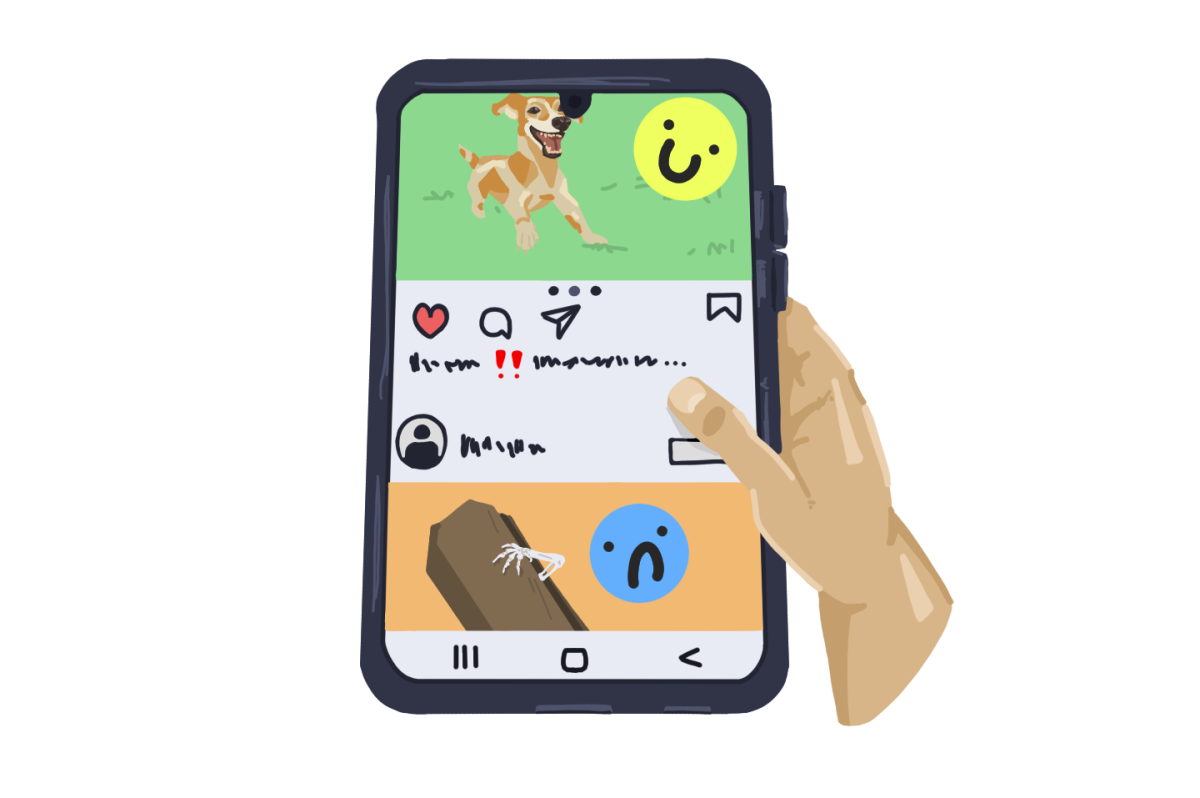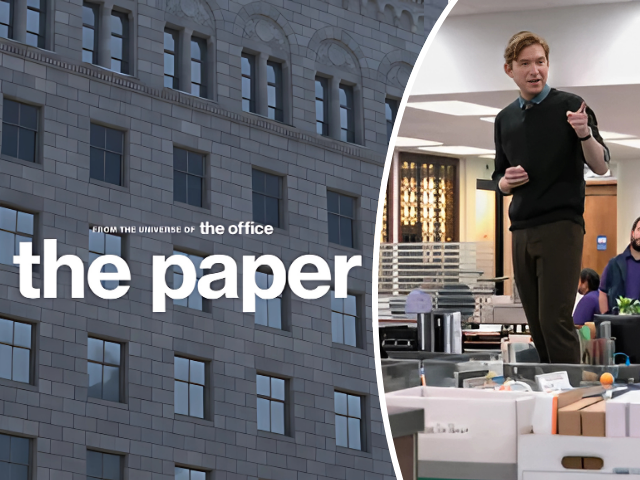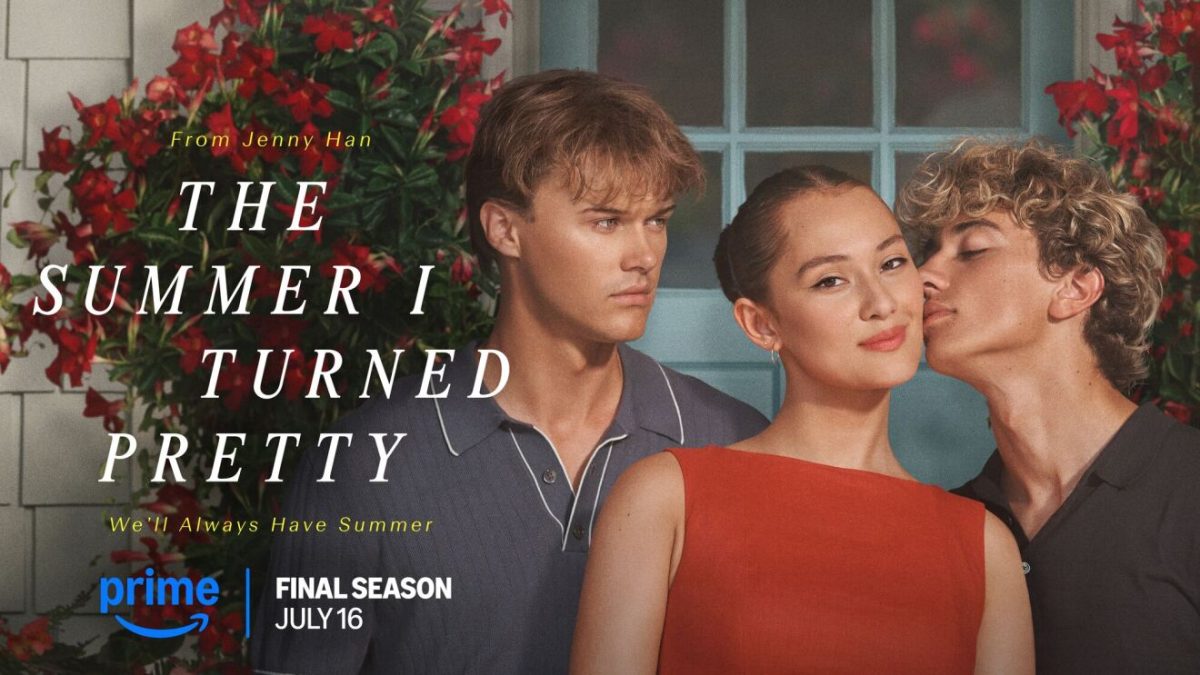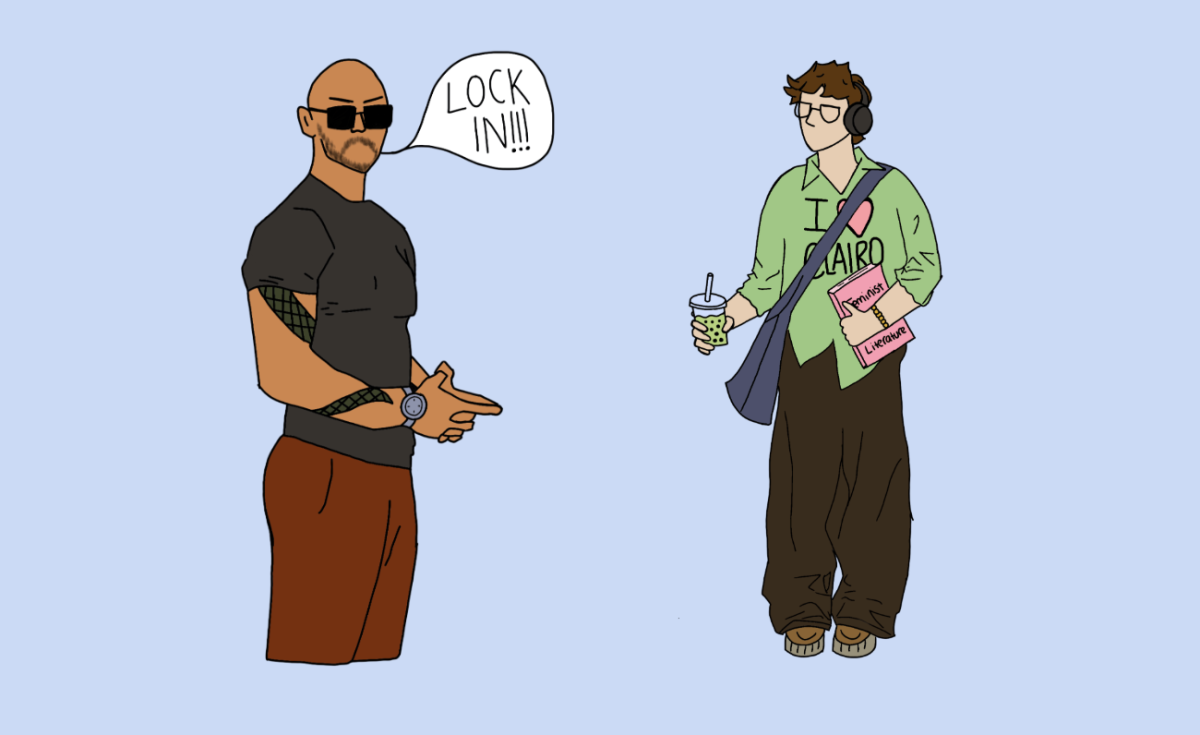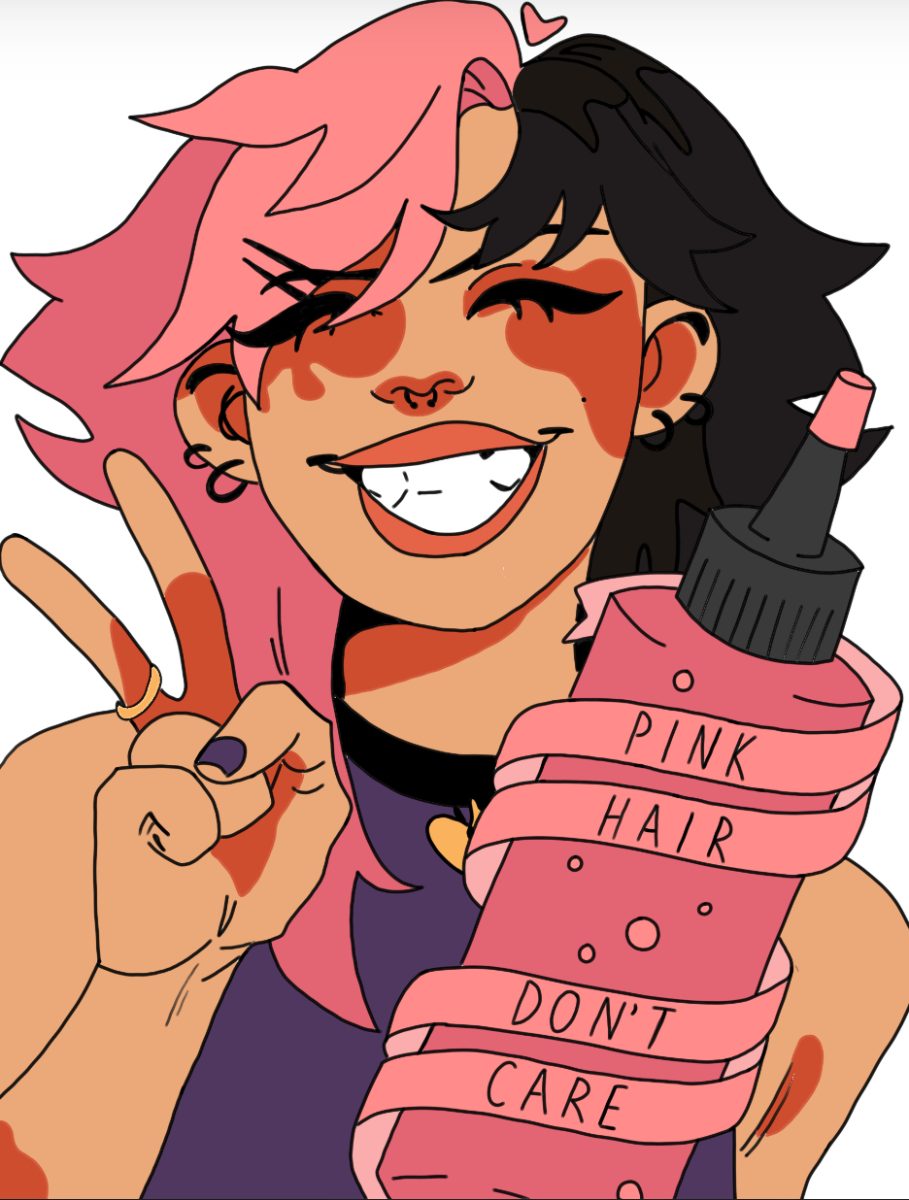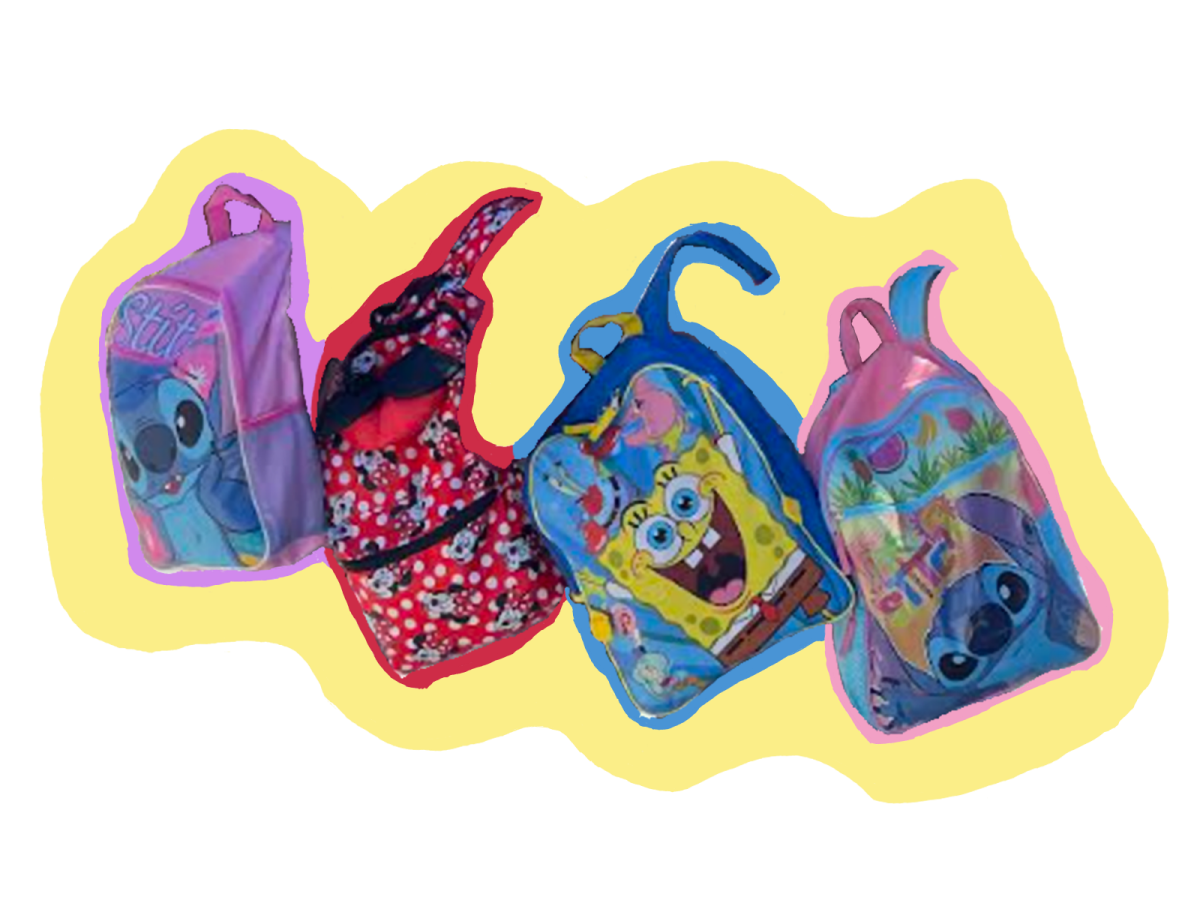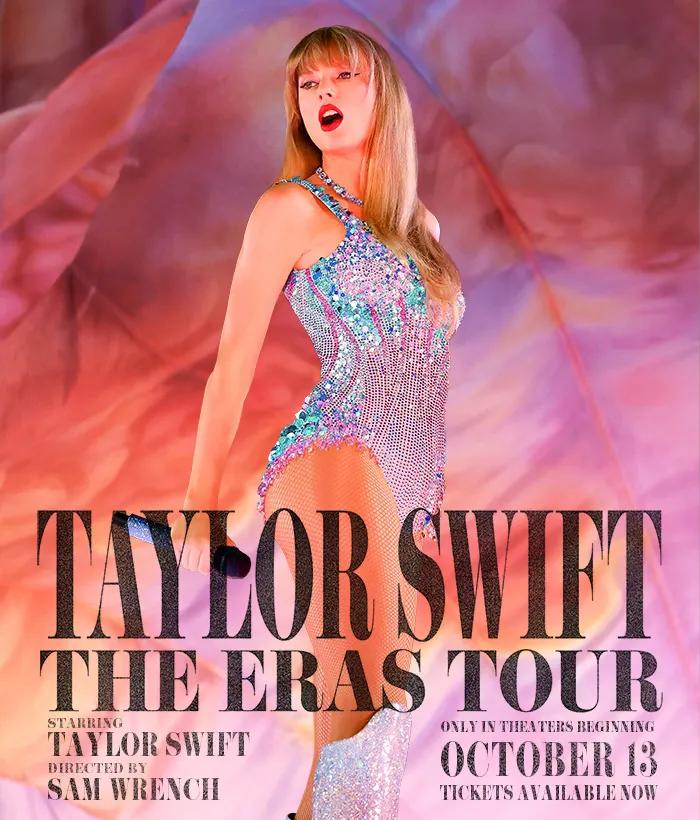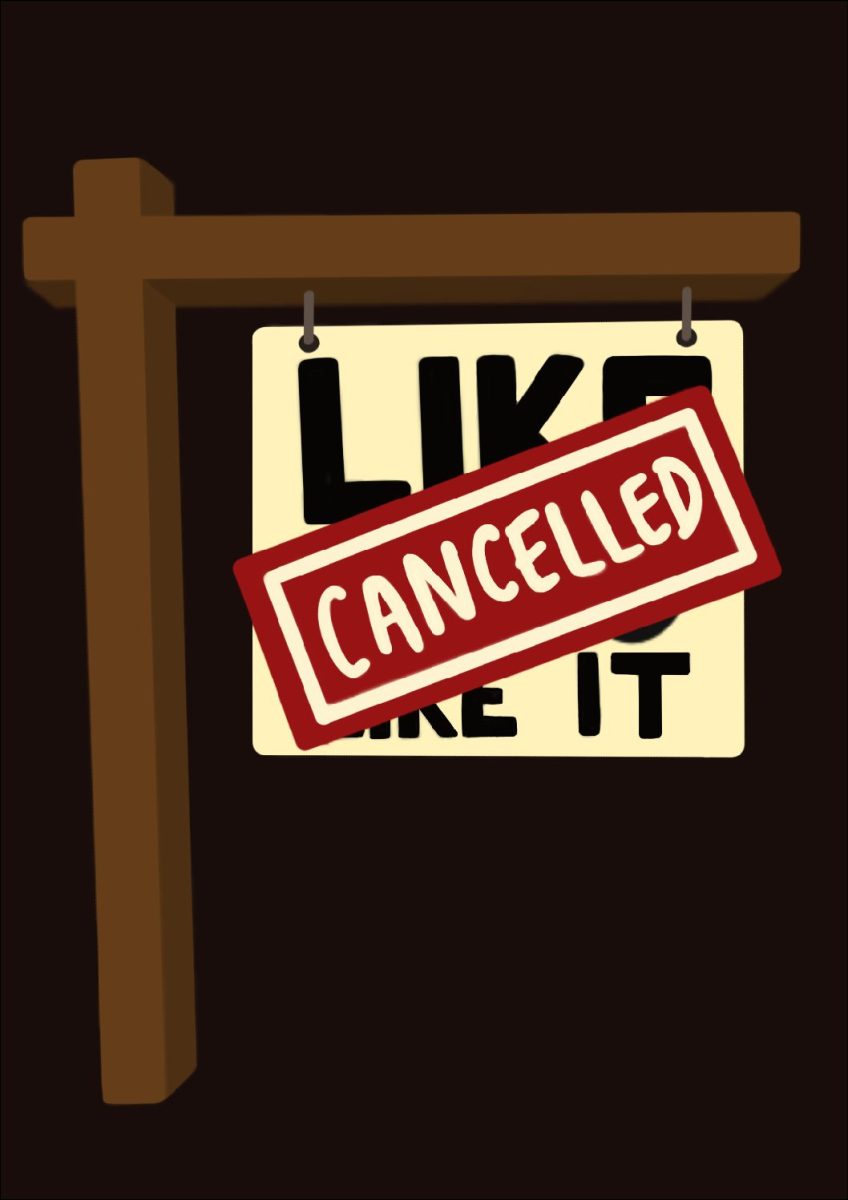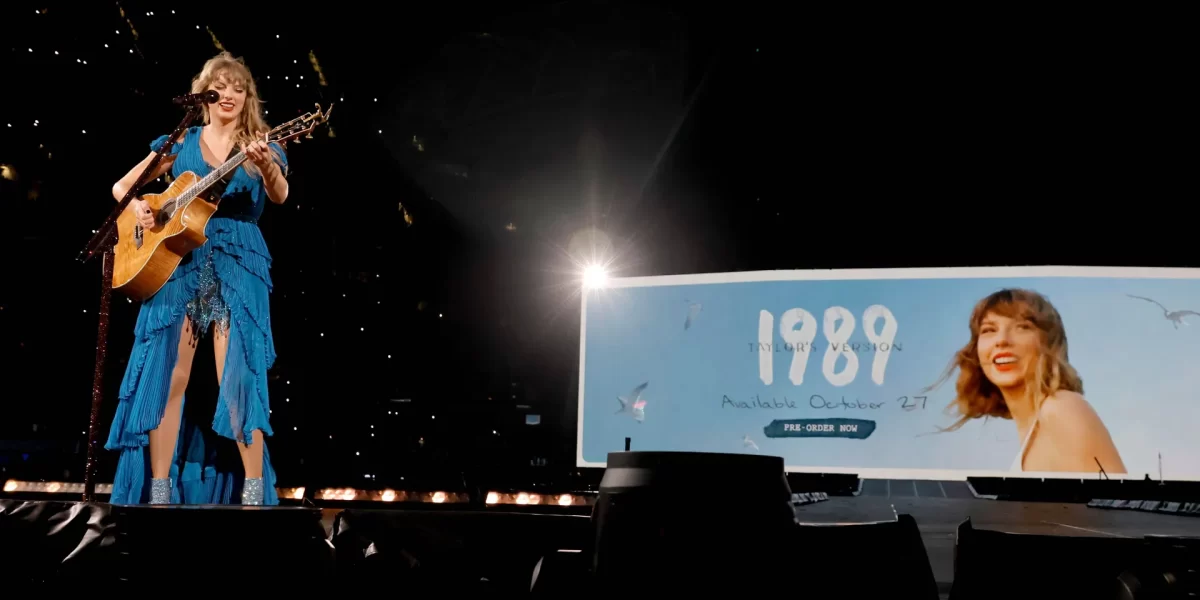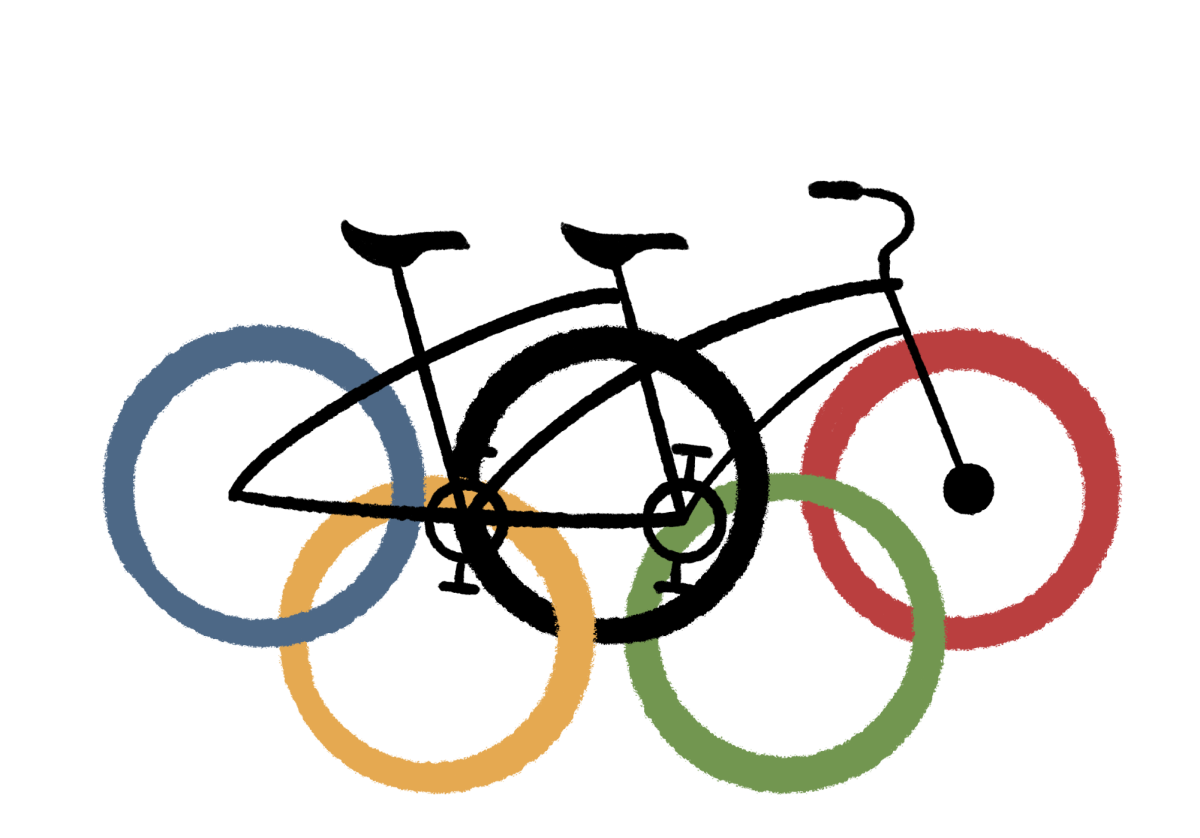With the increase in artificial intelligence’s popularity, AI-generated art has been a prominent topic of discussion in the past year, especially on social media. The ability to create a unique work with the click of a button has become available to the general public, thanks to years of app development. This technology has been debated and analyzed on many social media platforms, with millions of people weighing in on the discourse surrounding human art versus AI art.
Most individuals are accustomed to seeing others sharing art via social media platforms, one being Kevin Begole, a senior at FHS. He mostly finds art on X, previously known as Twitter. On this platform, and several others, human art and AI art are both prominent with diverse perspectives and experiences being shared, as well as changed.
“People who don’t do art don’t see the AI created stuff as art because it’s just a computer” Begole said. “ I think this is making people realize how hard and important human art actually is.”
Much of human-created art found on social media has been used to generate AI art, with hardly any or no credit going to the artists who made the work. This has sparked many questions about the ethics of AI art. Is AI art actual art? How does its growing presence affect human artists? With the increasing concerns of stolen and plagiarized artworks, some artists have stopped sharing their art via social media.
While some artists consider AI art as a form of art, others have another perspective. Many artists have concerns about who is responsible for the art and who made it. As AI art is often being taken from a variety of sources—including human artists—it creates questions about the origin and attribution of the art. Since the art is taken from human artists that have not necessarily given explicit consent for their work to be used for this purpose, it is important for artists to be aware of the potential risk of sharing their own art on social media.
“AI art is still art in a way, but it’s not necessarily authentic,” Santa Clara High School senior Quincy Bailey said. “The credit for these pieces shouldn’t be taken by humans.”
The conversation of human creativity is also a very important one in the dialogue of art and AI. Art is a very unique concept. Many artists believe it is one that cannot be recreated by AI because of how important human creativity is to the artistic process. Given that humans created the art that refined AI art knowledge, many people, including Begole, are learning more and expanding the conversation about the importance of humans to the creative process.
“A computer couldn’t put a drop of red paint on a canvas because it just doesn’t have the thought to do that. Every step of the process has to do with creativity even if it’s at such a baseline as the red drop on the canvas,” Begole said.
As plenty of questions and comments about the ethics and impact of AI on social media surface, one of the most pressing questions to confront is about its possible effects in the future. Because of the new technologies coming out and their widespread availability, it is clear that this will affect many social media platforms and individuals. With the starting of this new era, many individuals are looking forward and predicting how this will reshape the world of social media art.
“I think that this spread of AI art is gonna create a bigger community for both logical and creative kinds of people,” Bailey said.
Art is an ever-changing subject vital to human connection and expression. With an unclear but hopeful future, art is more important now than ever.


